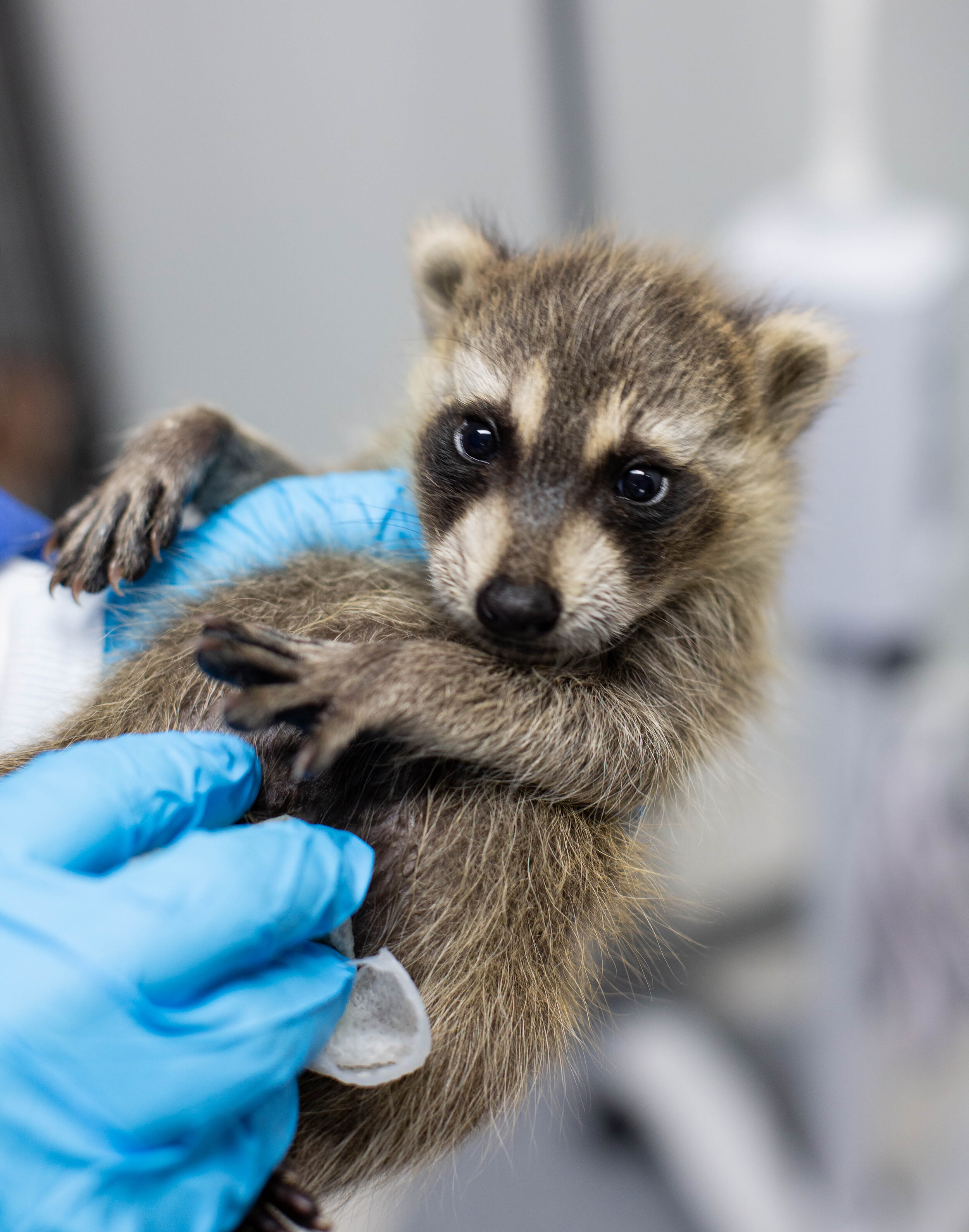The Function of Burlington Wildlife Rescue in Sustaining Endangered Species
Wiki Article
Efficient Wildlife Removal Strategies for a Peaceful Home Setting
In the search of maintaining a calm space, homeowners often deal with the challenge of wildlife invasions, which can interfere with the peace of their environment. Implementing efficient wild animals elimination methods calls for a nuanced understanding of both humane exclusion techniques and preventative steps. By addressing entry points and minimizing attractants, one can substantially reduce the probability of unwanted visitors. Nonetheless, the complexity of these strategies commonly necessitates a better assessment of certain approaches and the possible requirement for expert intervention. What are the essential elements of these techniques, and when should one take into consideration seeking specialist help?Identifying Common Wild Animals Intruders
Identifying usual wildlife trespassers is a vital initial action in efficient wild animals monitoring. Understanding the specific types that regularly penetrate commercial and property areas enables homeowner and wild animals professionals to apply targeted methods for minimizing potential damage and wellness dangers. Usual trespassers usually consist of raccoons, squirrels, bats, and different varieties of rodents and birds, each bringing one-of-a-kind obstacles.Bats, while advantageous for managing insect populaces, can become a nuisance when they roost in attics, potentially spreading out diseases such as histoplasmosis. Birds, consisting of pigeons and sparrows, frequently produce unsanitary problems with their droppings, leading to structural deterioration and health concerns - burlington wildlife rescue.
Humane Exclusion Methods
Understanding the typical wildlife burglars is the foundation whereupon efficient exemption methods are built. Determining species such as birds, squirrels, and raccoons assists in designing gentle exclusion methods tailored to details habits and entry methods. Exemption is a preventative method focused on rejecting wild animals accessibility to homes and homes, thus minimizing the need for more intrusive actions.The foundation of gentle exemption includes sealing potential entry points. Additionally, guaranteeing that doors and home windows are safe and secure, and that screens are intact, can additionally prevent access.
One more key technique is the use of aesthetic and acoustic deterrents. Setting up motion-activated lights or ultrasonic devices can prevent nocturnal wild animals. Customizing the habitat by taking care of food sources, such as securing trash can and removing bird feeders, likewise plays an important duty. These exclusion methods not just secure the home atmosphere however likewise appreciate the wildlife, enabling them to prosper in their all-natural habitats without injury.
Safe Capturing Techniques
When exclusion techniques want, risk-free capturing methods end up being an essential recourse in wildlife monitoring. Trapping, when executed correctly, offers a humane and reliable ways of resolving an instant wild animals problem while guaranteeing minimal stress and injury to the pet. This technique calls for an understanding of both the actions of the target species and the ethical factors to consider associated with wild animals handling.These catches need to be examined frequently to stop undue anxiety or injury to the captured wildlife. It is essential to follow local guidelines concerning capturing and moving to make certain compliance with legal criteria and wild why not find out more animals preservation concepts.
Furthermore, lure selection Your Domain Name and placement are crucial elements in making sure effective trapping. Bait must be picked based on the nutritional preferences of the target varieties and purposefully placed to draw the pet into the trap. As soon as entraped, the pet ought to be managed with care, utilizing safety equipment if needed, to assist in risk-free transportation and launch, therefore maintaining a balanced environment and a serene home environment.
Preventive Home Modifications
While secure capturing techniques address immediate wildlife issues, lasting options often require preventative home adjustments to hinder animals from going into human rooms. Implementing these adjustments not just enhances the safety and security and comfort of your living setting but likewise decreases the probability of future wildlife intrusions.A crucial element of preventative techniques is sealing possible entrance factors. This includes checking and repairing any spaces or splits in the structure, wall surfaces, and roofing, as these can come to be access courses for wild animals.
Landscaping alterations can likewise function as efficient deterrents. Trimming tree branches that overhang the roof and getting rid of particles stacks can get rid of courses and habitats that attract wild animals. Maintaining a tidy lawn by protecting garbage bins and garden compost stacks discourages scavengers such as raccoons and marsupials.

## When to Call Professionals
Expert intervention over at this website becomes important in situations where wild animals concerns go beyond the extent of DIY solutions. Home owners may come across scenarios where the complexity or threat of the wildlife issue requires specialist know-how. Dealing with hostile animals such as snakes, bats, or raccoons often requires specific skills and equipment to guarantee security and efficiency. Trying to manage these animals without appropriate expertise can cause injury or exacerbate the problem.
Additionally, invasions entailing secured or threatened species need a nuanced strategy to follow lawful regulations. Specialists are geared up with the essential licenses and comprehend the legal frameworks governing the handling of such varieties. This guarantees that removal is performed fairly and within lawful boundaries.

Lastly, when wildlife positions a persistent issue despite repeated do it yourself initiatives, expert solutions can use comprehensive examination and long-term services tailored to protect against reoccurrence - wildlife rescue burlington. Their know-how not only solves the immediate problem yet also safeguards the home environment in the future
Final Thought
Applying efficient wild animals removal methods is important for preserving a peaceful home atmosphere. Identifying common wildlife trespassers and using gentle exclusion techniques are foundational actions. Safe trapping approaches ensure the humane capture of consistent pets, while preventative home alterations, such as sealing entry factors and securing garbage can, reduce future intrusions. Consulting specialists is a good idea for intricate situations that call for proficiency. With each other, these techniques create an unified living room cost-free from wild animals disruptions.
These exclusion techniques not only shield the home setting but likewise value the wild animals, allowing them to thrive in their natural habitats without harm.
Executing efficient wildlife removal approaches is important for preserving a serene home environment.
Report this wiki page